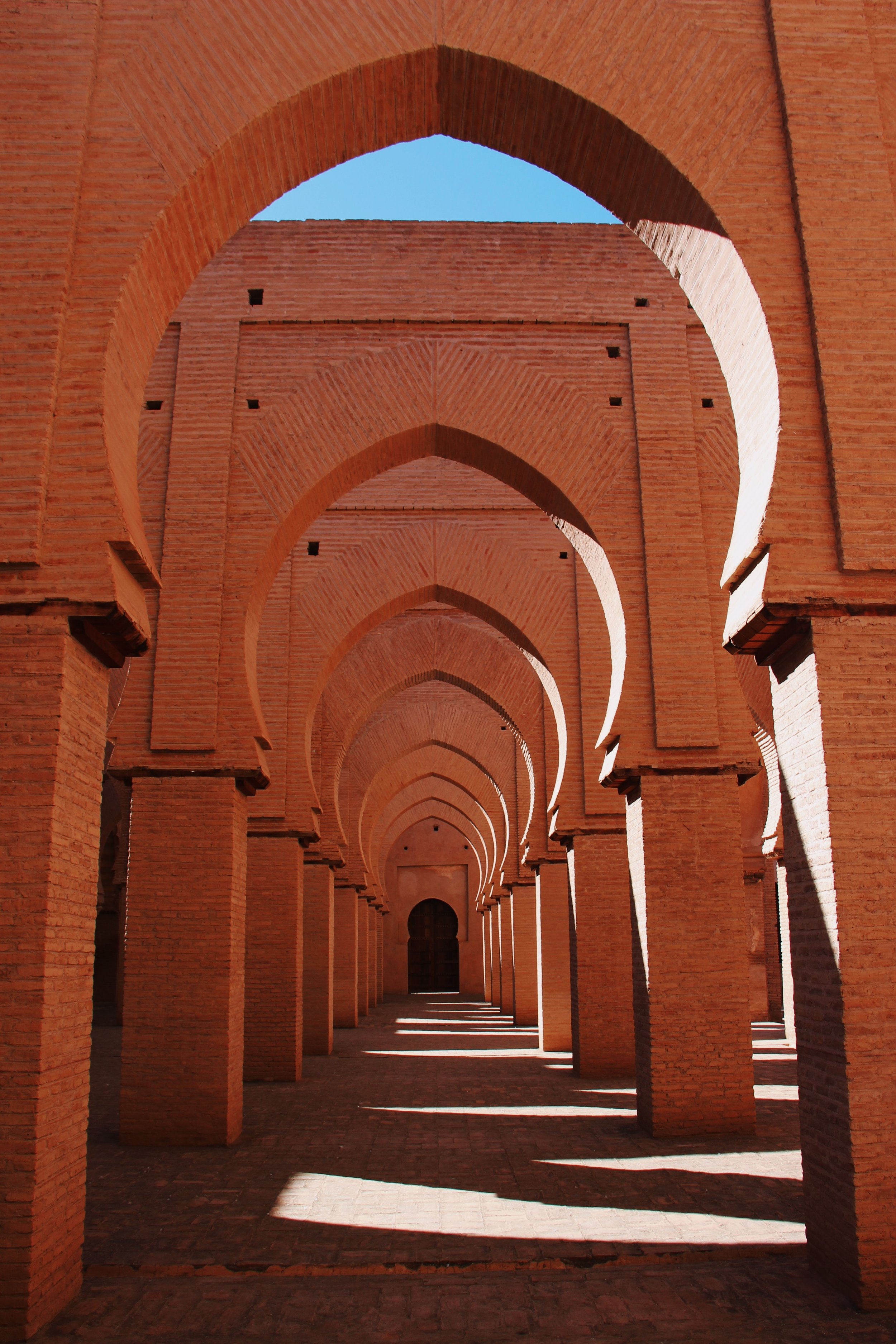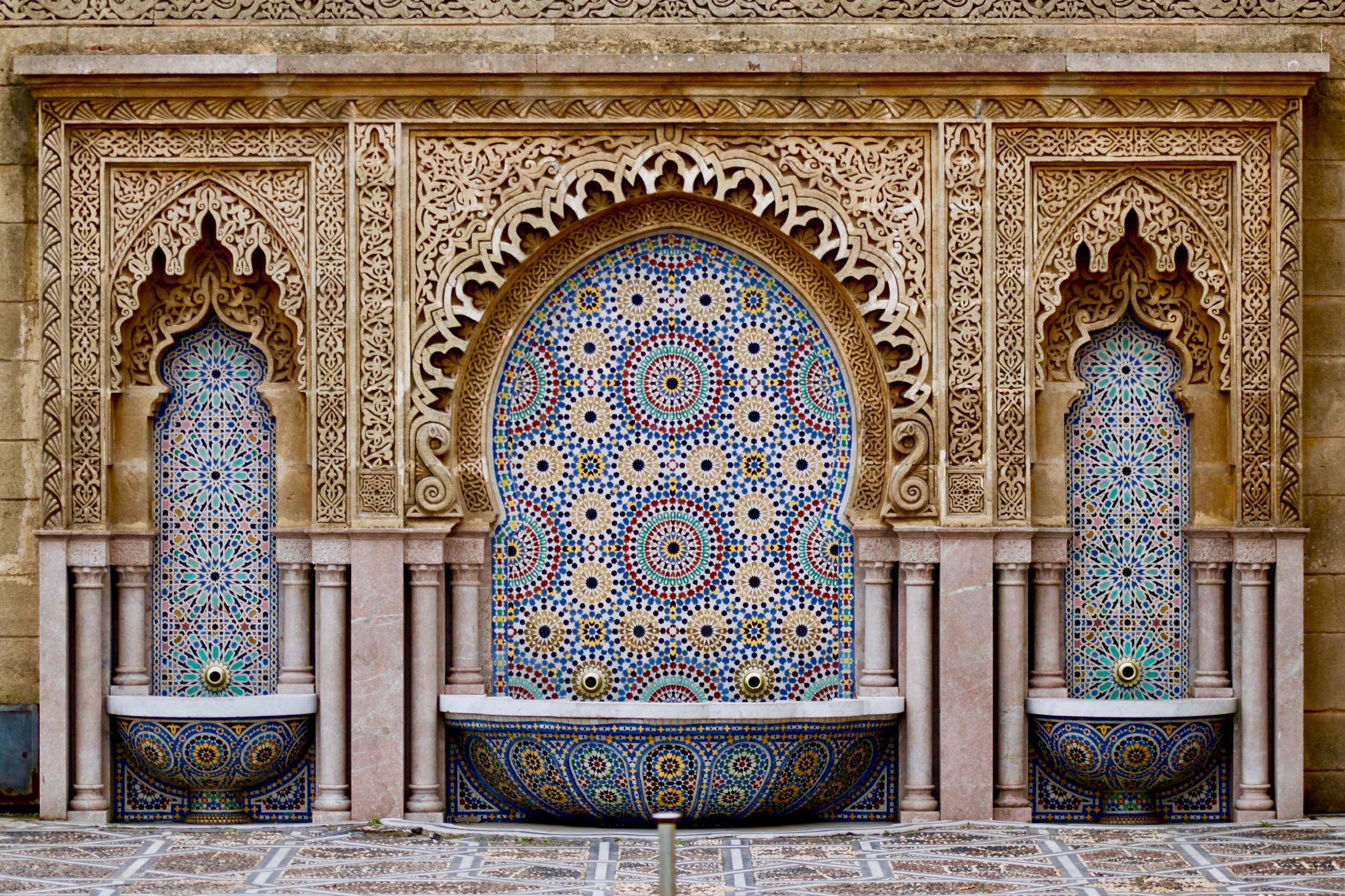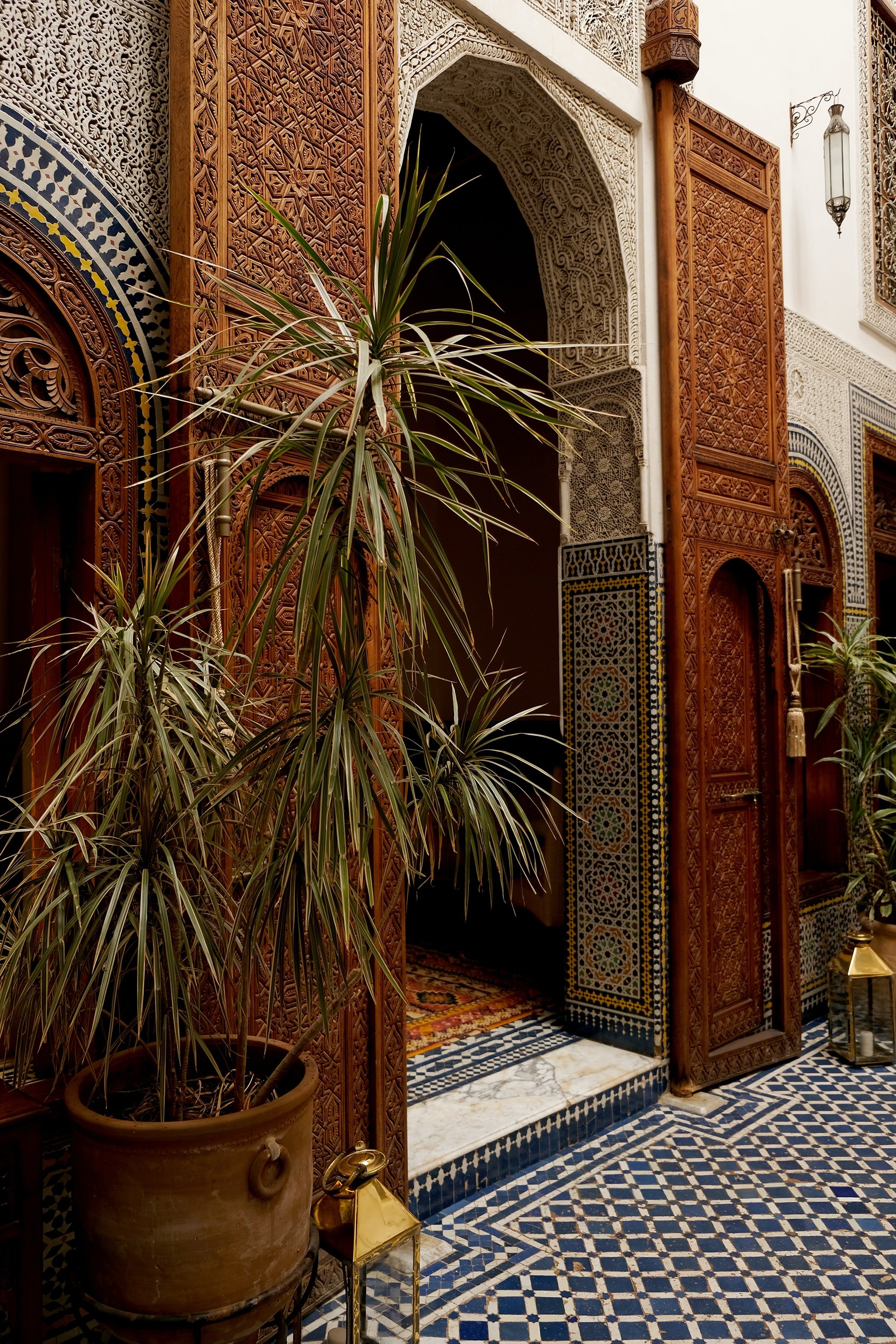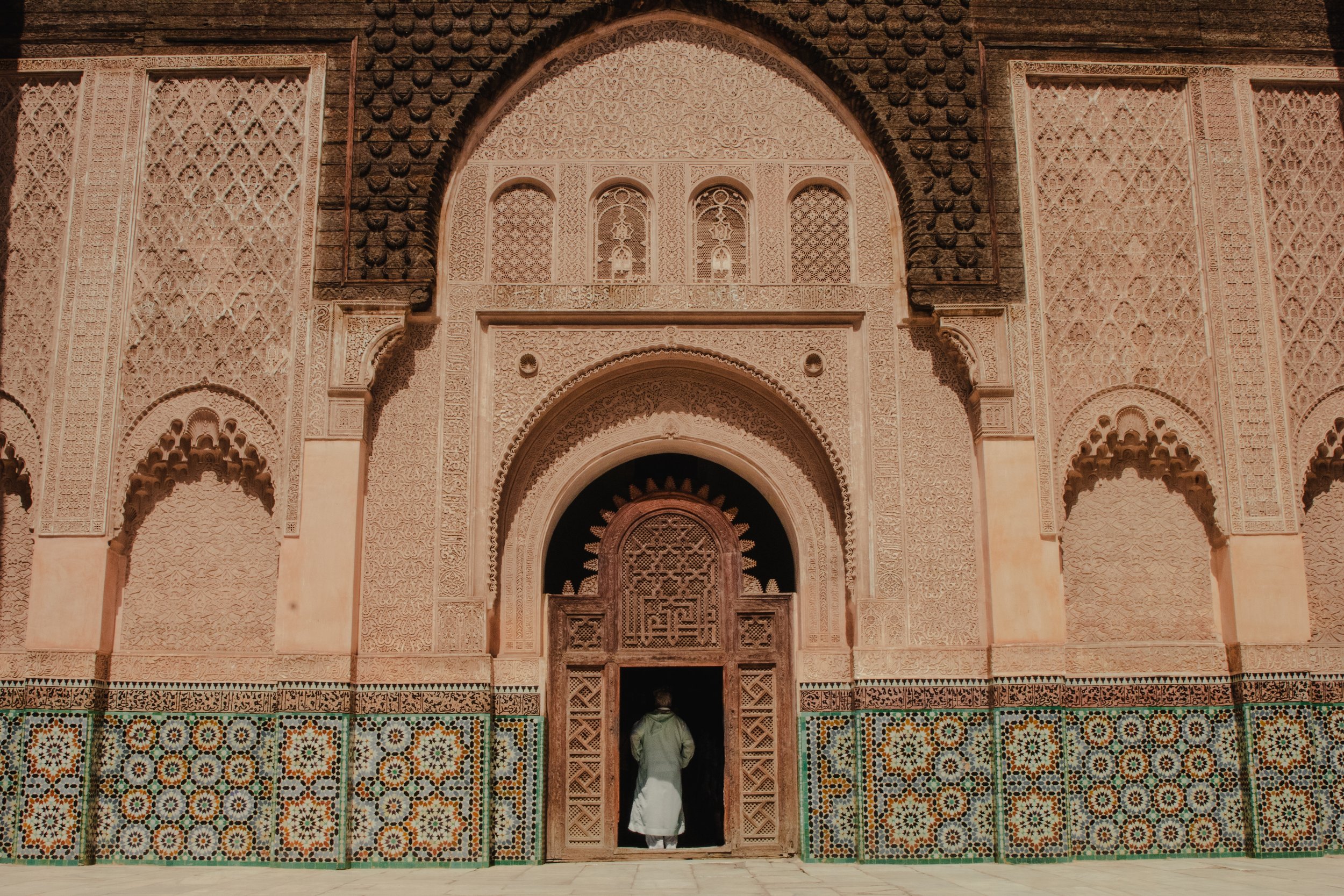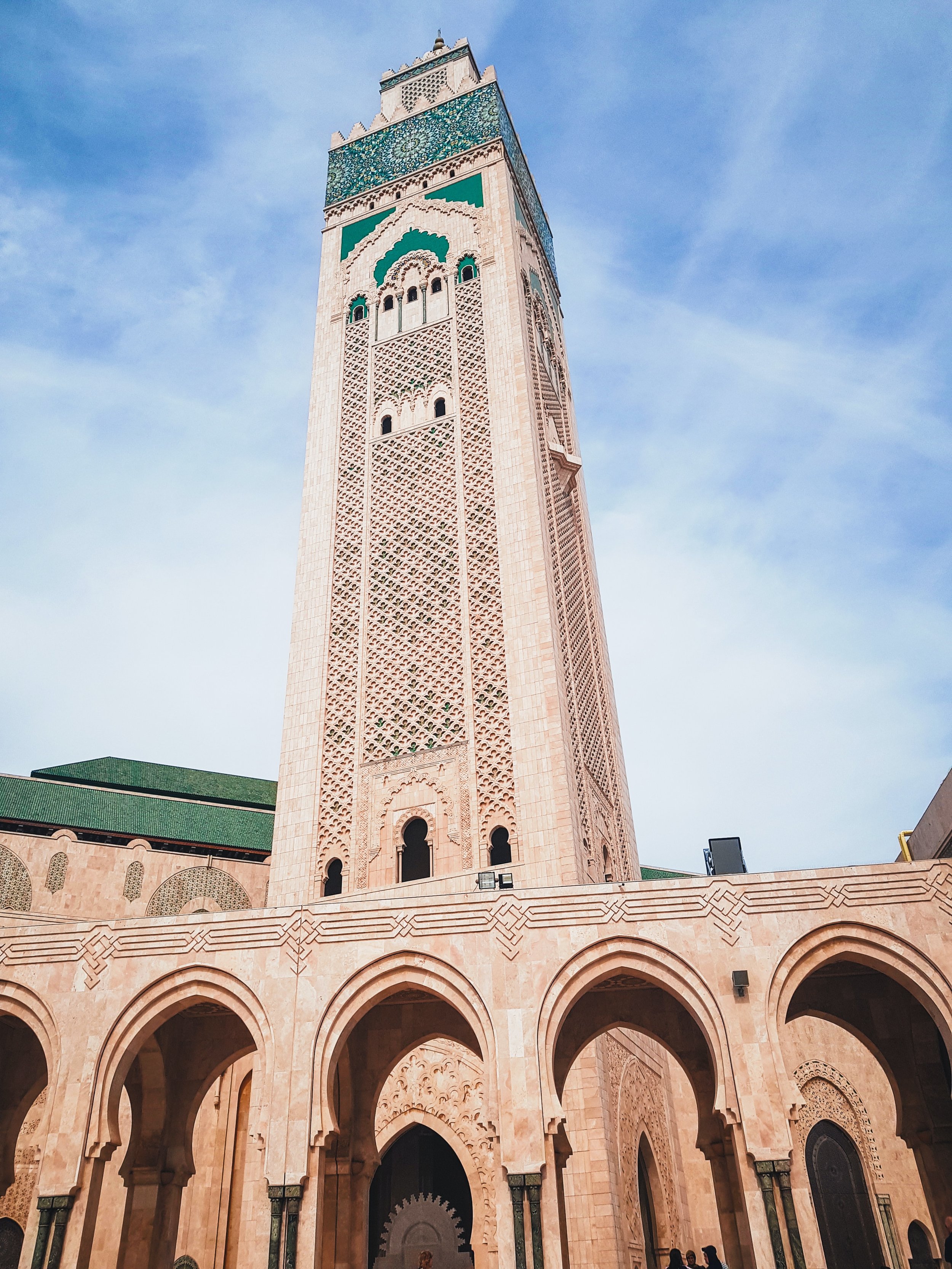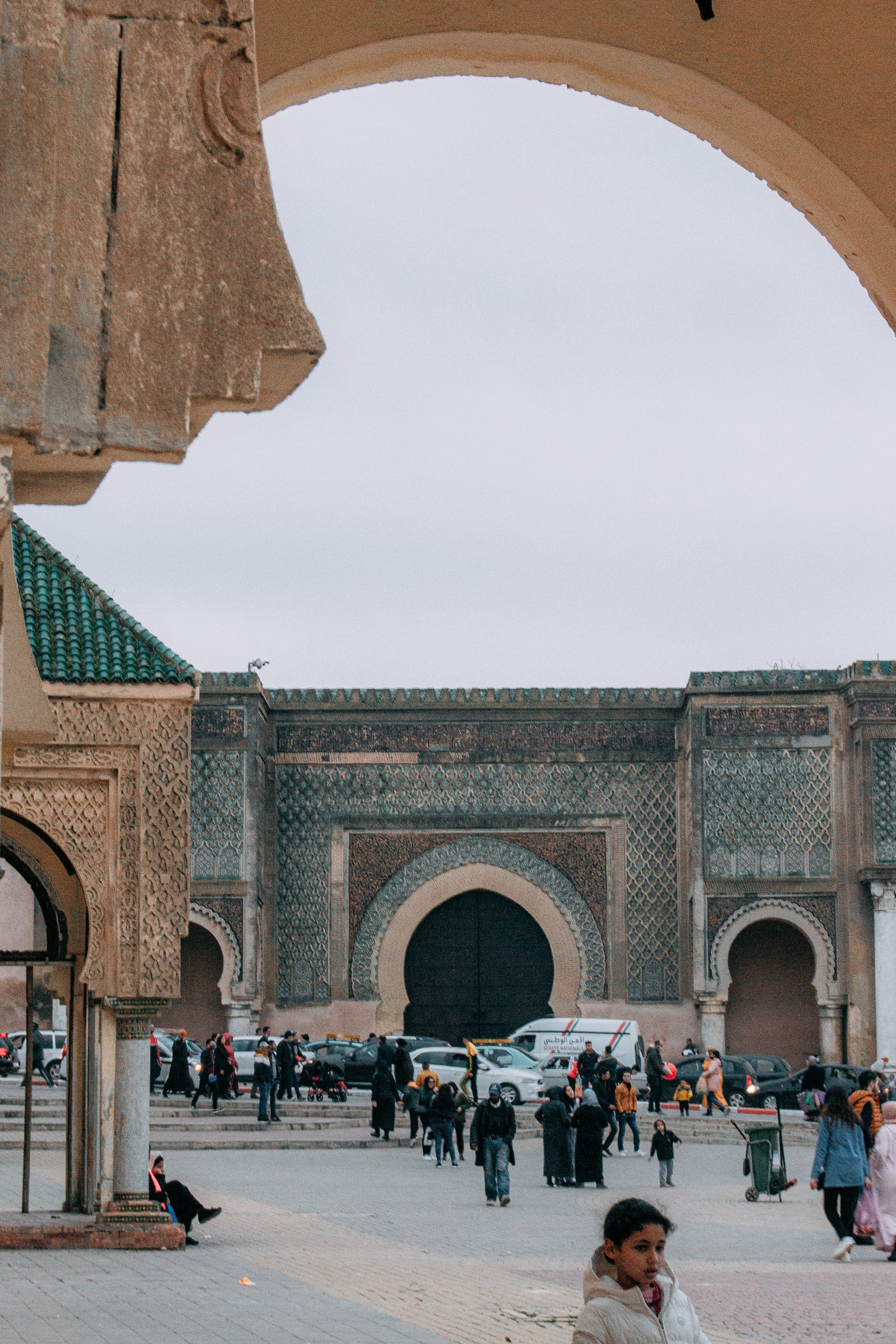Morocco: where cultures converge and colors collide
Morocco, perched at the crossroads of Africa, Europe, and the Middle East, pulsates with a vibrancy that reflects its rich and diverse heritage. Layers of history, woven by Berber, Arab, Andalusian, and African influences, have yielded a tapestry of traditions, languages, and customs as unique as they are captivating.
The Berbers, Morocco's indigenous people, laid the foundation of this cultural mosaic. Their ancient languages, Tamazight and Tarifit, still resonate in the windswept valleys and bustling souks. Their legacy lives on in intricate Amazigh rugs, Berber villages dotting the Atlas Mountains, and the resilience of a people who have shaped the land for millennia.
Arab conquests in the 7th century brought Islam, leaving an indelible mark on Morocco's religious landscape and artistic expressions. Mosques with soaring minarets, like the Hassan II Mosque in Casablanca, stand as testaments to faith. Calligraphy adorns buildings, carpets, and everyday objects, weaving Islamic influences into the very fabric of Moroccan life.
El-Andalus, the golden era of Muslim Spain, spilled across the Strait of Gibraltar in the 8th century, enriching Morocco with its architectural and artistic flair. The ornate stucco ceilings and geometric tilework of the Alhambra palace in Granada echo in Fez's medina, a labyrinth of narrow streets lined with vibrant shops and artisans' workshops.
Africa, an integral part of Morocco's identity, pulsates in the rhythms of Gnaoua music, a hypnotic blend of African and Berber influences. The warmth of hospitality, rooted in deep-seated traditions like mint tea rituals and communal meals, reflects the continent's spirit of generosity and connection.
This cultural confluence shapes the daily lives of Morocco's people. From the colorful kaftans and intricate henna designs adorned during celebrations to the bustling souks where vendors hawk spices and artisanal treasures, Moroccan heritage is a living, breathing entity.
Exploring Morocco is not just a journey through geography; it's a dive into a cultural kaleidoscope. It's the aroma of tagines simmering in spice-laden kitchens, the rhythmic calls to prayer echoing through ancient cities, and the welcoming smiles that greet you at every turn.



